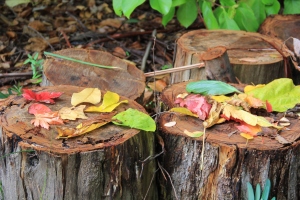For me, “Swallows and Amazons” is the greatest children’s adventure novel of all time. But this is not exactly a review: it’s more about how our present generation of children has had their freedom and lives stolen from them by society’s excessive fears for their safety. Swallows and Amazons is all about trusting young children to take sensible calculated risks – risks that children today are denied.
************************************************************************************************
“Better drowned than duffers if not duffers won’t drown.”
So reads the telegram that the Walker children have been waiting for, in Arthur Ransome’s 1930 children’s novel “Swallows and Amazons”. It’s the tale of the perfect summer holiday; a summer the children spend sailing a small dinghy on ‘the lake’ in the English Lake District, camping on ‘Wild Cat Island’.

This image may be copyright. It is used under fair right provisions for educative purposes only.
That telegram is from their father, and it is a mark of trust. A trust that his children are not ‘duffers’. That his children can be trusted to act sensibly and to take responsibility for their own actions. Alone; without adults to tell them what to do or how to do it. Adults exist in this book, but they are peripheral. The children are the active agents: they are the ones calling the shots and making the decisions.
If I can think of one novel that has influenced me more than any other it is Swallows and Amazons. It is a book I come back to, a book that bears repeated reading, a book that defines both me and how I view the world. When I say ‘one novel’, I don’t mean ‘one children’s novel’. I mean ‘one novel, period’. This is the book.
It has profoundly affected my life – I’ve not done everything that happens in the book myself, but I’ve done a thousand similar things both as a child and as an adult that I attribute directly to the effect of this book. I’ve camped in the wild as a child, I’ve fished for my dinner, and aged 10 I was sailing high-performance racing dinghies.
A little later I was doing serious rock-climbing and abseiling. And then surfing the massive waves of SW Australia. I’ve kayaked in shark-infested waters (you haven’t lived until a shark longer than your kayak cruises slowly past and ignores you completely!) And I’ve lain on my back in the remote deserts of Australia and marvelled at the glories of the night sky.
And I’ve done them all safely and responsibly, and I seriously doubt I would have done any of them without Swallows and Amazons, simply because the book tells children “you can do exciting stuff – so long as you are sensible about how you do it”. And I took that message to heart, and it changed my life.
Continue reading →

















